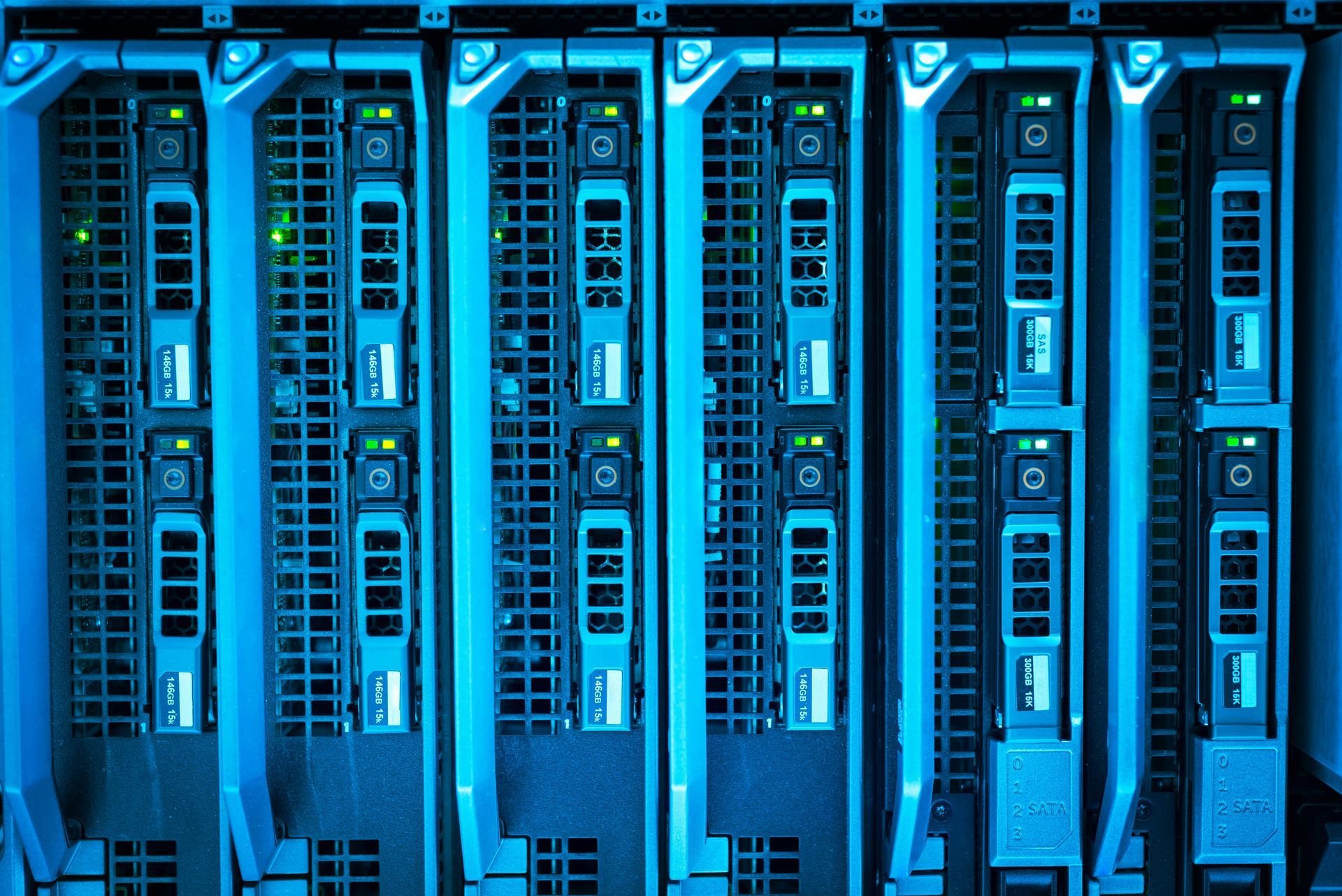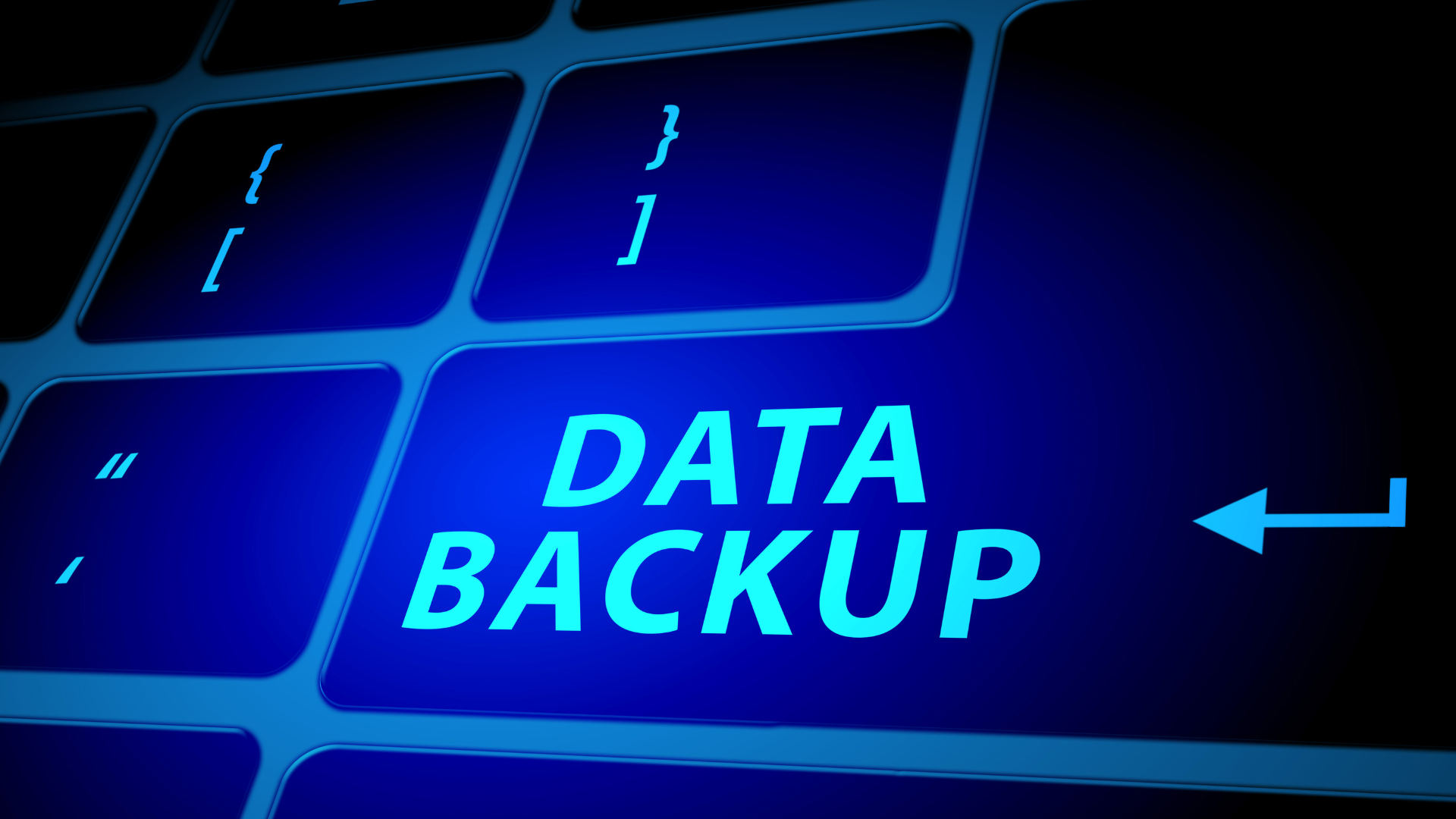Cloud Backup vs. On-Premises Backup: Which Should You Choose?
Data is the lifeblood of modern businesses. Losing it, even for a few hours, can lead to financial loss, reputational damage, and operational chaos. That’s why having a robust backup strategy is essential. But when it comes to choosing between cloud backup and on-premises backup, the decision isn’t always straightforward.
Both options have their advantages and drawbacks. In this blog, we’ll explore what each solution offers, compare them across cost, security, scalability, and performance, and help you decide which is right for your business. Plus, we’ll show how Indiko Data can help you build a strategy that fits your needs.
What Is Cloud Backup?
Cloud backup involves storing your data on remote servers managed by a third-party provider. Your files are encrypted and transmitted securely over the internet to data centres, where they are maintained and monitored.
This approach has become increasingly popular because it offers flexibility and convenience. Businesses can back up data without investing in expensive hardware, and recovery can happen from anywhere with an internet connection.
However, cloud backup isn’t perfect. It relies on your internet bandwidth, which means large-scale restores can take time. There are also compliance considerations, especially if your industry requires data to remain within specific geographic boundaries.
What Is On-Premises Backup?
On-premises backup stores data locally on servers or appliances within your organisation’s physical location. This traditional approach gives businesses complete control over their data and infrastructure.
The biggest advantage? Speed. Restoring data from local servers is typically faster than downloading it from the cloud. It’s also easier to meet strict compliance requirements because you know exactly where your data resides.
But on-premises backup comes with challenges. Hardware costs can be significant, and scaling up means buying and installing more equipment. There’s also the risk of physical damage, fire, flood, or theft could compromise your backups if they’re not properly protected.
Cloud vs. On-Premises: A Comparison

Cost Considerations
For many businesses, cost is the deciding factor. Cloud backup offers a subscription-based model, which means predictable monthly fees and minimal upfront investment. On-premises solutions, on the other hand, require significant capital expenditure for hardware, software, and ongoing maintenance. This can make on-premises solutions appear to be less expensive, as the annual operating costs are absorbed into utility bills and staffing, etc. However, on-premises systems need to be incrementally scaled every year or two, which normally incurs significant cost and disruption.
Security Factors
Both options can be secure if implemented correctly. Cloud providers typically offer advanced encryption, multi-factor authentication, and 24/7 monitoring. On-premises solutions give you full control, but that also means you’re responsible for physical security and disaster-proofing.
Scalability and Performance
Cloud backup wins on scalability. Need more storage? It’s just a click away. On-premises solutions require purchasing and installing new hardware, which can be time-consuming and costly. However, when it comes to restoring speed, on-premises often has the edge, especially for large datasets.
Which Should You Choose?
The right choice depends on your priorities:
- Choose Cloud Backup if: You want flexibility, lower upfront costs, and remote accessibility.
- Choose On-Premises if: You need full control, ultra-fast restores, and have strict compliance requirements.
The Hybrid Approach: Best of Both Worlds
Increasingly, businesses are adopting hybrid backup strategies, combining cloud and on-premises solutions. This approach offers the convenience and scalability of the cloud, plus the speed and control of local backups. It’s a smart way to build resilience without compromise.
Don’t forget to test your system!
A common failure of backup planning is that when you need to use it most, it doesn’t work the way you expect. This could be for an array of reasons, such as presumed knowledge (poorly documented processes) or technology drift, meaning that documented processes are no longer accurate. You should aim to test backup and restore at least once per year. And not just test that it works, but test that it follows your documentation. Cloud backup systems often have a built-in testing facility that makes this task easier.
A final note about Business Continuity
Business Continuity is a separate but related topic and something to keep in mind when planning your backup strategy. Business Continuity differs from Disaster Recovery by looking at organisational resilience, not just technological resilience. Having a backup and recovery system is important, but what if a pandemic led to your IT staff being ill and unable to restore your data - who would do this for you? Or a terrorist incident damaging your offices and equipment so you had no system capacity to restore into? This is a big topic in its own right and something we will address in a future post. In short, make sure your backup strategy takes into account the need for people and process, and ensure you have resilience in your backup plans.
How Indiko Data Can Help
At Indiko Data, we specialise in designing backup strategies that fit your business, not the other way around. Whether you choose cloud, on-premises, or a hybrid solution, we ensure your data is secure, compliant, and always recoverable.
Ready to protect your business?
Contact Indiko Data today to discuss your backup strategy.











